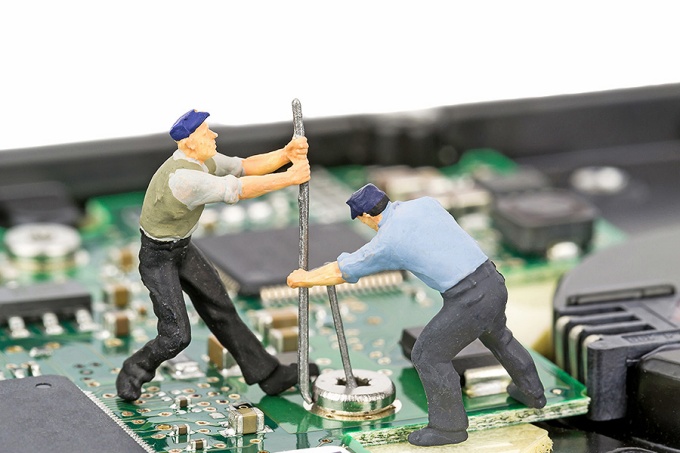Consumers might be willing to repair their broken devices as long as the associated repair costs do not exceed an undesirable threshold. However, in many cases the technological obsolescence actuates consumers to retire old devices and replace them with new ones rather than extending the product lifecycle through repair. In this study, we investigated the impact of components’ deterioration profiles and consumers’ repair decisions on the lifespan of devices, and then assessed the anticipated life cycle environmental impacts. A simulation model has been developed to estimate the life cycle characteristics such as the average lifespan, the number of failed components’ replacement, and the total repair cost per cycle for a laptop computer. The lifecycle characteristics estimated from simulation model further have been used in a Life Cycle Assessment (LCA) study to quantify the environmental impact associated with different design scenarios. The results reveal the impact of product design as well as consumers’ repair decisions on the product lifespan and the corresponding environmental impacts.
Read more about this study:
Picture credit goes to: UBNow News and Views for UB faculty and staff
